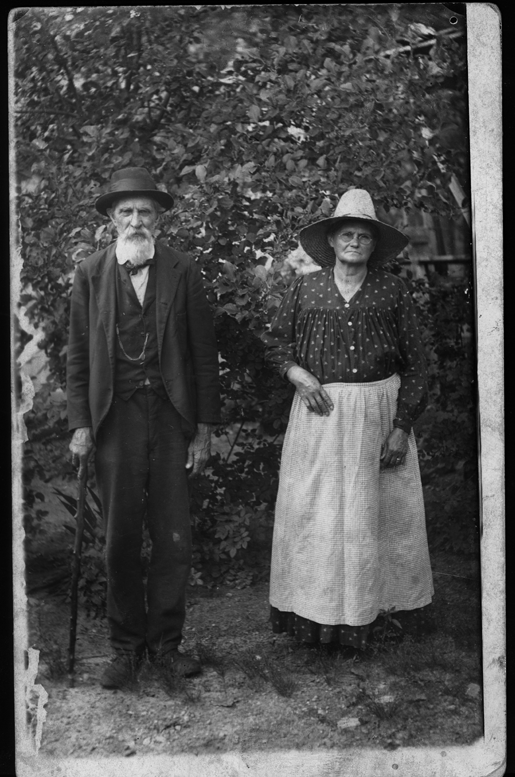
We had a similar mission to our front yard: build soil and prevent erosion. Because this side yard area is covered with trees and due to the abundant shade, buckwheat was not an option. My wife, who likes to read, figured out that the perfect ground cover would be Strawberry, or Palestine, Clover. It is heat tolerant, builds soil well, grows moderately fast, and can even be mowed if one so desires. The seeds were again purchased from Peaceful Valley. These things look like poppy seeds, but sadly can't be made into street-grade heroine. We again tilled up the ground (hard in spots where there was just bare limestone, but I did my best to ruin the blades on my tiller) and then planted. Here's what it looks like after three weeks:

Now bear with me for a sec. Please understand that this used to look like a scene from the 70's D Movie Cannibal Holocaust. Allegedly the clover is supposed to grow quite thickly once it's established. Here's a closeup of the little guys:
 They are a little slower growing than I'd like, but they are getting the job done. They stand up to being walked on and stuff (like when I have to move the sprinkler and whatnot). This will hopefully be our default ground cover once we decide what to do with our overall landscaping plan.
They are a little slower growing than I'd like, but they are getting the job done. They stand up to being walked on and stuff (like when I have to move the sprinkler and whatnot). This will hopefully be our default ground cover once we decide what to do with our overall landscaping plan.











